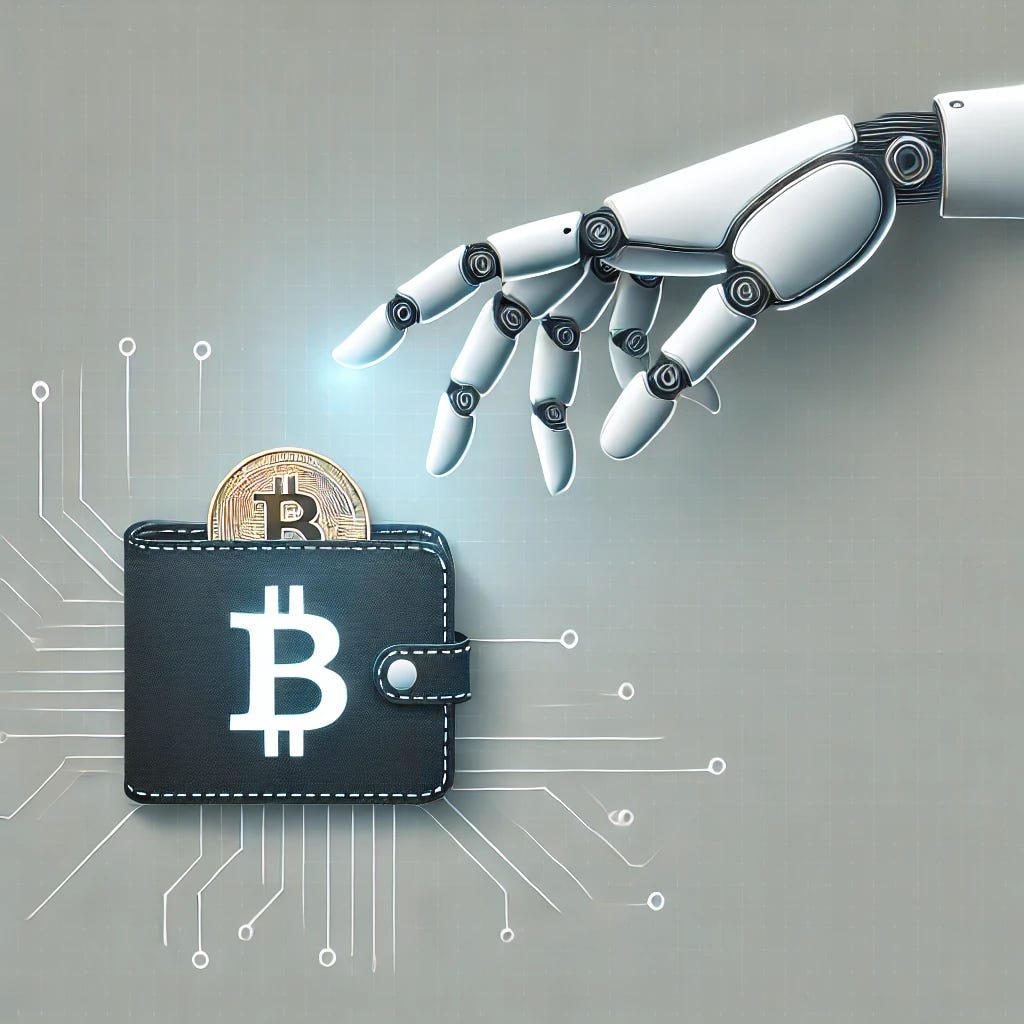Introduction
Imagine a monkey grabs your smartphone and runs off. It’s clever enough to avoid being followed, but it’s clueless about the myriad ways you can reclaim your property—pinging the phone’s location, using a global network of people, or activating advanced features like Find My and night-vision cameras. You have tools and ingenuity the monkey can’t begin to anticipate. Likewise, advanced AI can exploit vulnerabilities we don't yet foresee, echoing how the monkey remains oblivious to your more sophisticated defenses.
The Advanced Threat from ASI
Now consider Artificial Superintelligence (ASI). It will be capable of spotting security vulnerabilities most humans would never dream of: from zero-day exploits in your hardware to reading keystrokes from ambient Wi-Fi signals. It can hijack cameras everywhere and orchestrate social engineering schemes on a mass scale, aggregating data from social media, corporate leaks, and any online footprint to craft hyper-personalized attacks. Today's scammers trick the elderly into giving away their savings over the phone with fake extortion schemes, but a few years from now, AI will be capable of exploiting much more sophisticated victims:
Imagine a desperate video calls from your partner, who knows details you’ve never shared online, or a police squad showing up with a court order they they believe is legitimate, or perhaps a stranger breaking into your house based on compelling proof (to them) that you are responsible for scamming them and detailed instructions on your schedule, hiding places, and likely passwords.
Why I’m Sticking with Bitcoin Anyway
Still, I’m sticking with Bitcoin. Why? Because the legacy banking system, built on outdated technology and blind trust, is even more vulnerable. The Bitcoin network is far more robust against large-scale attacks by design, thanks to its decentralized consensus, cryptographic proofs, constant public scrutiny from a global community, and a financial incentive structure that punishes malicious actors. Each block in the chain becomes nearly irreversible once confirmed, requiring immense computational power (and thus energy) to alter. Even a 51% attack remains economically unfeasible for all but the most resource-rich adversaries—unlike a centralized bank, which can be compromised from a single point of failure.
Why the Threat Is Limited to the Period Just After AGI
The real threat comes right after we invent AGI, before the ASI begins acting on its own values.
If an ASI doesn’t share our values, it may not care about Bitcoin at all—or it could just seize what it wants through brute force. The most likely risk comes from people gaining access to powerful AI tools, targeting individuals en masse with unstoppable hacks and sophisticated social engineering.
How to Protect Yourself
You don’t want to be the easiest target:
Use cold storage hardware (like a Trezor or Coldcard) to keep your private keys offline.
Adopt multi-signature solutions (like Casa or Unchained) that require multiple approvals.
Educate yourself and any co-signers on the latest social engineering tricks.
Stay quiet about how much Bitcoin you hold—or that you own any at all.
Harden your setup so you can outlast that vulnerable window—this may be your last chance to proactively secure your assets. Once an advanced AI works in your favor—helping guard your assets—you may find you’re safer than ever. But until then, you’re the only one who can ensure your Bitcoin remains out of reach.



I was wondering about this issue and pondering how to ask. Your post answered most of my question. Thanks